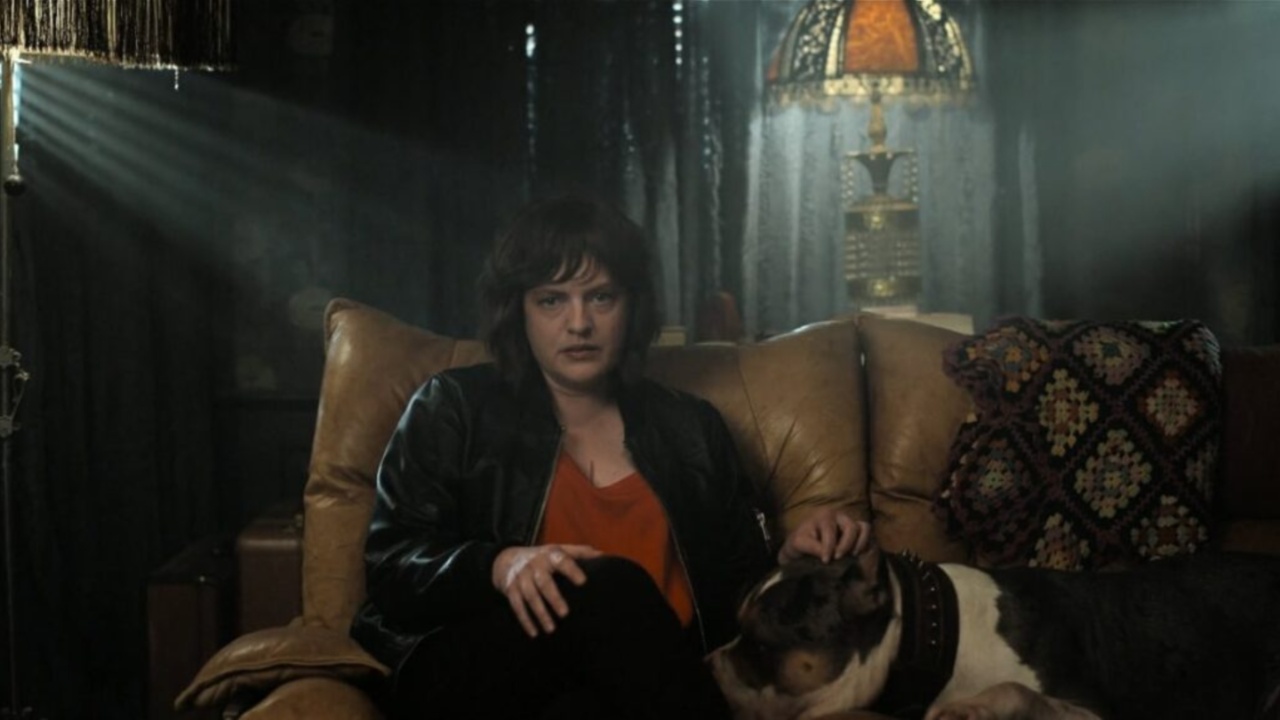Shining Girls, a 2022 Apple TV+ series, combines thriller, drama, and science fiction, drawing viewers into its intricate plot and psychological depth. Elisabeth Moss stars as Kirby Mazrachi, a Chicago-based archivist who survives a brutal assault by a time-traveling serial killer, Harper Curtis, played by Jamie Bell. Beyond the immediate suspense, the series examines the lasting trauma and psychological scars that affect Kirby as her reality begins to shift in unpredictable ways. The story’s ambiguous ending leaves viewers with questions about the nature of time, memory, and personal agency.
Kirby Mazrachi’s journey is the heart of Shining Girls, showing her transformation from a survivor of violent trauma into someone who actively shapes her life. After her attack, Kirby seeks justice against Harper while trying to understand the strange shifts in time and reality. The series shows her emotional and psychological growth as she navigates the effects of her experiences. By the finale, Kirby’s evolution is symbolized by her control over the powerful house at the center of the story, signaling her shift from victim to someone who holds authority over her circumstances.
The series ends with a conclusion that is layered and open to interpretation. Kirby confronts Harper in a tense showdown but chooses not to kill him. Instead, Harper is left tormented by the shifting realities that he once imposed on his victims. By taking control of the house, Kirby asserts her agency, turning a symbol of danger into a source of empowerment. The final scene shows Kirby sitting in the house with her dog, suggesting both a fresh start and ongoing responsibility. The ambiguity allows viewers to consider what her future might hold and the implications of her control over time.

Time Travel, the House, and Kirby’s Transformation Through Power and Responsibility
Time travel in Shining Girls is depicted as a complex, flexible process rather than a linear sequence of events. Characters’ actions in one period affect multiple timelines, influencing past, present, and future. The show does not provide heavy scientific explanations but instead links time travel to the characters’ emotional and psychological struggles. As Kirby and others move through different realities, they confront alternate versions of themselves, highlighting the impact of memory and personal choice. Time travel functions as a narrative device to show how trauma and growth shape a person’s identity.
The house in Chicago is central to the story’s time-travel mechanics and acts as a character in its own right. First introduced in 1848, it allows occupants to manipulate reality across time. Harper uses the house for his violent purposes, but by the series’ end, Kirby learns to control it. The house represents both danger and potential. Its presence influences the lives of all connected characters, from Kirby’s colleagues to Harper’s intended victims, showing the broader consequences of power and responsibility in the narrative.
Kirby’s relationship with the house is both symbolic and practical. By placing her childhood Pegasus toy among replicas, she discovers, she demonstrates her understanding of the house’s powers. Her confrontation with Harper frees her from trauma and allows her to control the house. This marks her shift from passive victim to active guardian. The house serves as both a source of her past suffering and a tool for her new authority. Kirby’s journey emphasizes resilience and the challenges of taking responsibility for powerful forces.

Key Differences Between the TV Series and Lauren Beukes’ Original Novel
The TV adaptation differs from Lauren Beukes’ novel in several key ways. In the book, Kirby kills Harper and destroys the house, ending his threat. The series chooses a more ambiguous resolution. Kirby does not kill Harper outright but uses the house’s powers to change timelines and warn potential victims. Other differences include Kirby’s role at the Chicago Sun-Times and her friendships, which are unique to the show. Showrunner Silka Luisa explained that these changes were made to show the ongoing consequences of trauma and the complexity of personal transformation.
Elisabeth Moss highlighted the emotional depth of Kirby’s journey, emphasizing that the ending was not intended to be purely triumphant. It reflects the lasting impact of trauma and the difficult choices that follow. Wagner Moura, who played Dan Velazquez, commented on his character’s death, which raised the stakes and demonstrated Harper’s cruelty. Both actors stressed the importance of the human element in the story, showing how the series balances suspense with psychological realism and character development.
At its core, Shining Girls examines identity, memory, and the flow of time. The series raises questions about how past experiences shape the present and how personal resilience can influence the future. Kirby’s ability to alter timelines represents the potential for change, while the house symbolizes power and responsibility. The open-ended finale reinforces these ideas, suggesting that although the past cannot be changed, the future holds numerous possibilities shaped by the decisions one makes.
Shining Girls received widespread praise, earning an 84% rating on Rotten Tomatoes and strong audience approval. Critics highlighted the intricate plot, emotional depth, and inventive use of time travel. Some viewers were frustrated by the ambiguous ending, feeling that it left questions unresolved. Despite this, the series was recognized for its originality, the strong performances of its cast, and its nuanced treatment of trauma, identity, and resilience. The unresolved finale reflects the show’s central philosophical themes and leaves a lasting impression on its audience.



